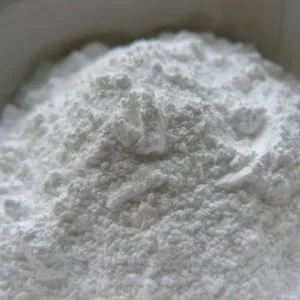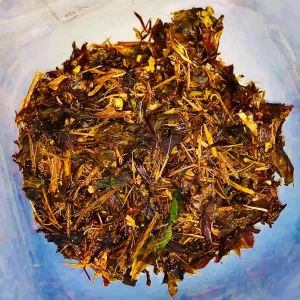Cocaine: The Allure and the Risks
Cocaine is a powerful stimulant derived from coca plant leaves, known for its energizing and euphoric effects. For decades, it’s been glamorized in pop culture, associated with creativity, confidence, and late-night parties. When consumed, cocaine rapidly increases dopamine levels in the brain, resulting in intense pleasure and alertness. However, this high comes at a cost. Cocaine is highly addictive, with repeated use leading to tolerance, dependence, and serious health issues such as heart attack, stroke, and mental health disturbances. The drug’s legality and purity are major concerns, as street cocaine is often mixed with dangerous substances. Despite its reputation, cocaine has very limited medical uses today, mainly as a local anesthetic in certain surgeries. The allure of cocaine masks its dangers, serving as a stark reminder of the fine line between stimulation and self-destruction.


